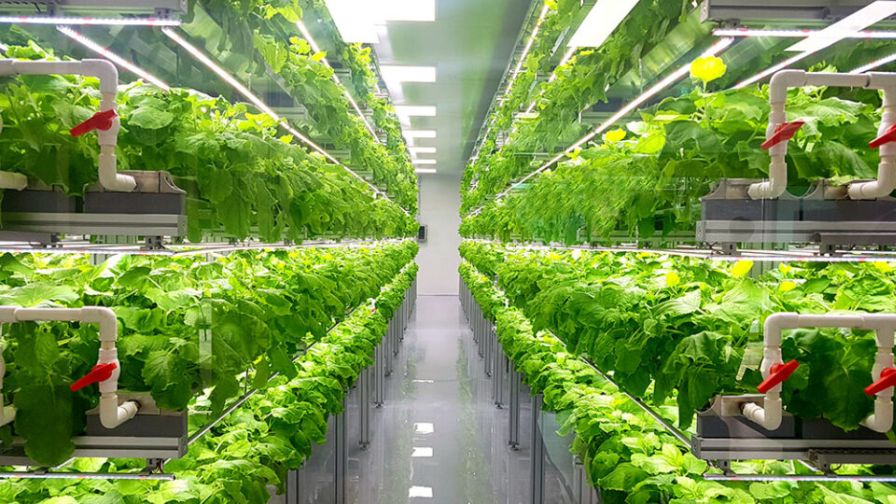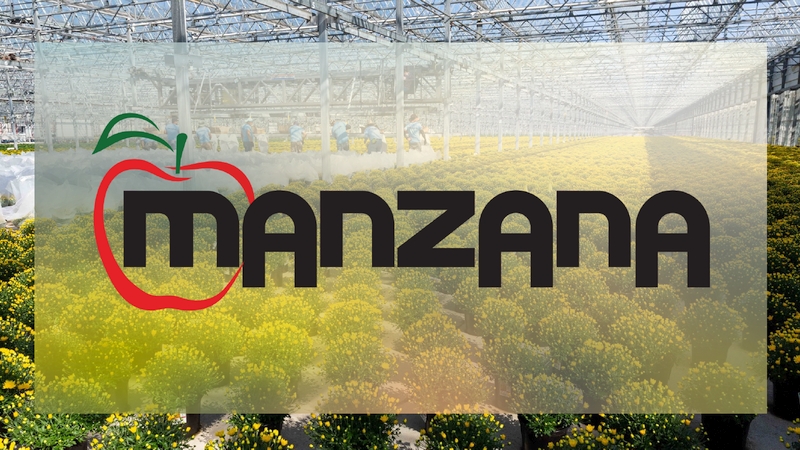Reasons to Invest, or Not Invest, in a Vertical Farm

Photo: Ceres Greenhouse Solutions
For a few years, it seemed like investment in agricultural technology, including vertical farms could not be stopped. However, factors such as inflation, increased cost of materials, and supply chain slowdowns are potentially affecting the viability of these operations. People are making less, spending less, and saving more.
Boons and busts are also not atypical for new industries. When new technologies rapidly advance, there is usually a point when the market gets saturated, and the savvy, and sometimes often luckier, businesses take the reins. In general, most startups don’t last more than a few years, and vertical farming can be both competitive and expensive to get off the ground.
With all the volatility of this new industry, when does vertical farming make sense and when does it not? A recent blog post from Ceres Greenhouse Solutions digs into the pros and cons of vertical farms, and when greenhouses might make more sense.
The article outlines, among other things, the potentially start-up costs of launching a vertical farm, as well as when it truly make sense. It also highlights the potential of a hybrid system, in which crops such as microgreens are stacked vertically within a greenhouse environment.
Read the entire post from Ceres here.








